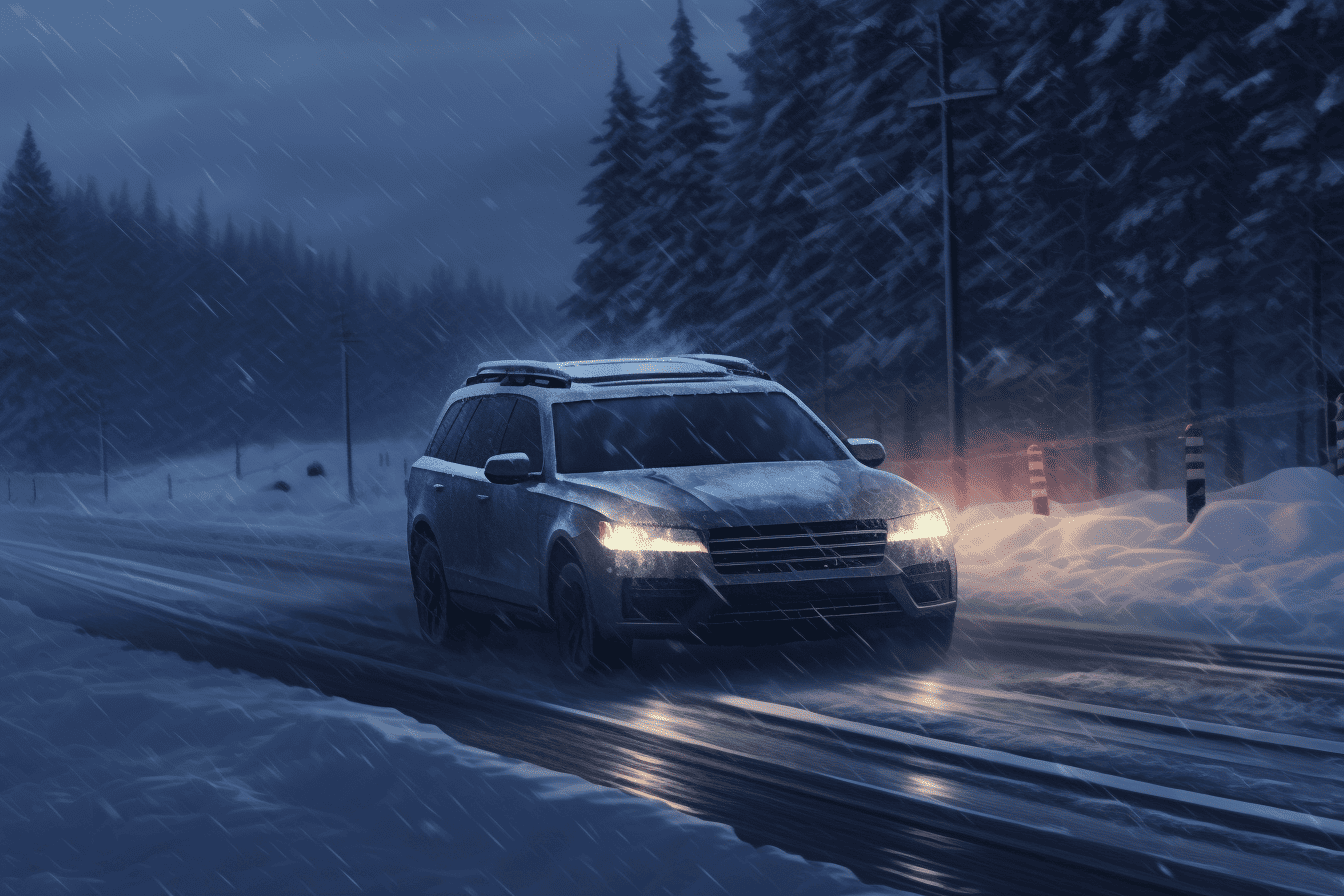
The ROADVIEW project aims to adapt autonomous vehicles to the demanding conditions, like thos of Nordic winters. The project embraces the complex task of engineering AI-driven systems capable of navigating through heavy snow and rain, tackling a significant challenge for automated driving technology. ROADVIEW is not only innovating in AI algorithms but also aligning with European standards, ensuring compatibility and coordination across the continent’s research and development efforts. The consortium is committed to creating vehicles that can withstand the rigours of harsh climates, aiming to bring safer, more reliable autonomous travel to public roads within the next decade.
- EU-funded initiative develops robust AI for demanding weather, advancing autonomous vehicle capabilities.
- Overcoming weather obstacles, ROADVIEW enhances systems for heavy snow, rain, and fog.
- ROADVIEW collaborates for standardization, societal benefits, and industry advancements, leading Europe in CAV technology.
At the forefront of this ambitious endeavour stands Eren Erdal Aksoy, a senior lecturer in Information Technology at Halmstad University and the project coordinator for ROADVIEW. With his extensive background in computer engineering, robotics, and artificial intelligence, Aksoy is steering the project towards addressing the unique demands posed by Sweden’s severe weather conditions.
His research spans the development of AI-based algorithms that enhance vehicle intelligence, enabling them to operate effectively in conditions that are a far cry from the sunny, dry environments where most autonomous vehicles have been tested to date.
Overcoming Nordic challenges
The Nordic climate presents a host of obstacles for autonomous vehicles: heavy snowfall can obscure road markings, while rain and fog can impede the sensors crucial for navigation. These conditions not only challenge the vehicles’ performance but also the infrastructure they rely on.
ROADVIEW’s attempts to conquer these challenges involve pushing the capabilities of current automated driving systems, which have predominantly been designed for ideal weather conditions. The goal is to ensure that these systems are just as reliable and precise when confronted with the unpredictability of Nordic weather.
Collaborative efforts and standardisation
Success in this arena is not just about technology, but also about collaboration. ROADVIEW is part of the Connected, Cooperative and Automated Mobility (CCAM) Partnership, which provides a platform for knowledge exchange, networking, and standardisation among EU-funded projects.
Through its active membership, ROADVIEW benefits from regular events that foster collaboration and knowledge sharing. This collective effort ensures that developments within ROADVIEW are in step with other initiatives, aligning with existing regulations and contributing to a more unified approach to automated vehicle technology across Europe.
Technological impacts and societal benefits
Though there have been advancements in perception and decision-making systems for connected and automated vehicles (CAVs), their applicability remains limited to less challenging conditions. ROADVIEW aims to broaden this spectrum, working to ensure that in-vehicle systems can handle the stresses of harsh weather and complex traffic scenarios.
The project positions itself as a pivotal player in the development of a more robust and reliable in-vehicle perception and decision-making system. Its success could lead to broader impacts, influencing safety standards, and contributing to societal acceptance of autonomous vehicles.
The consortium and industry collaboration
One of the key players in the ROADVIEW consortium is Konrad Technologies, which has been providing innovative solutions for the automotive and industrial sectors for over 25 years. Their contributions include developing and manufacturing testing technology for LiDAR, camera, radar, and other sensors integral to autonomous driving.
The ROADVIEW project is a testament to Europe’s commitment to leading the charge in CAV (Connected and Automated Vehicles) technology, particularly in the face of extreme weather conditions. By integrating advanced systems capable of environment and traffic recognition and prediction, ROADVIEW is setting the stage for a future where autonomous vehicles can safely navigate through the toughest of climates.
The journey towards this future involves rigorous testing and development, with consortium members bringing an array of testing sites and facilities to the table, from rain and wind tunnels to tracks in the Arctic Circle.

